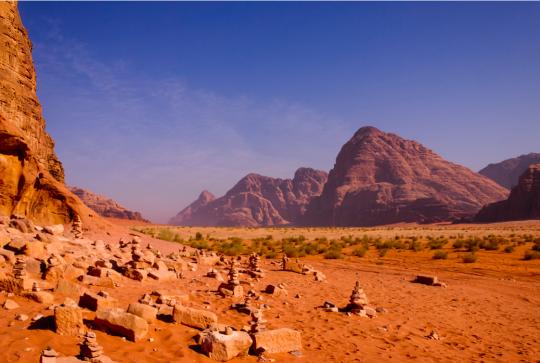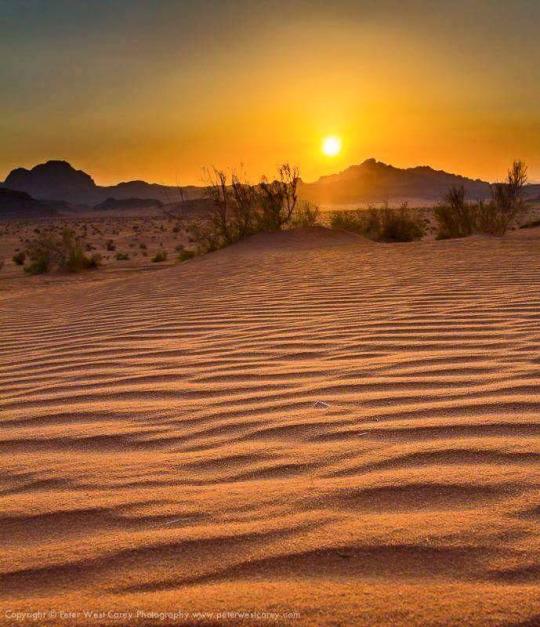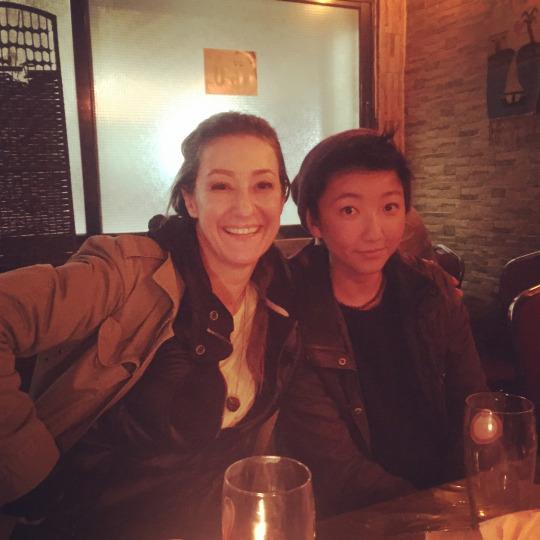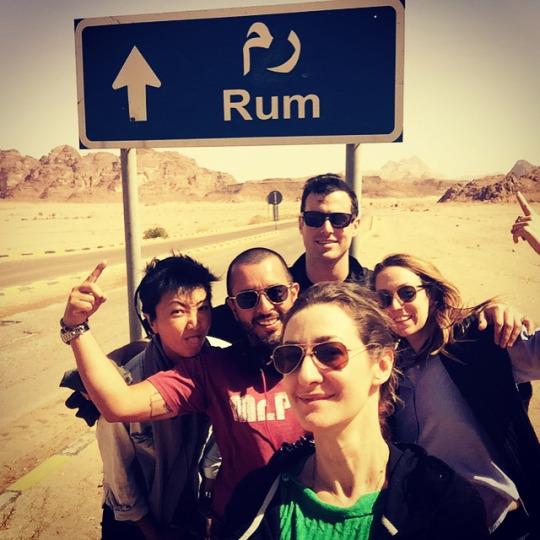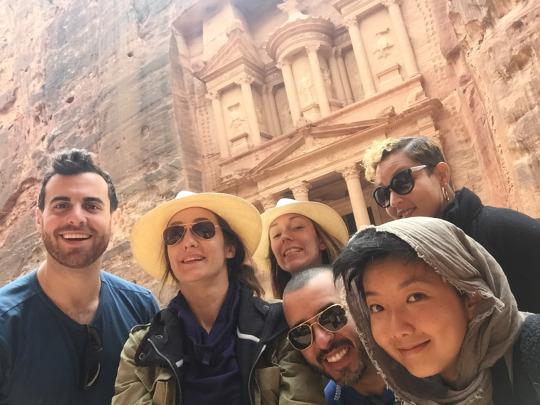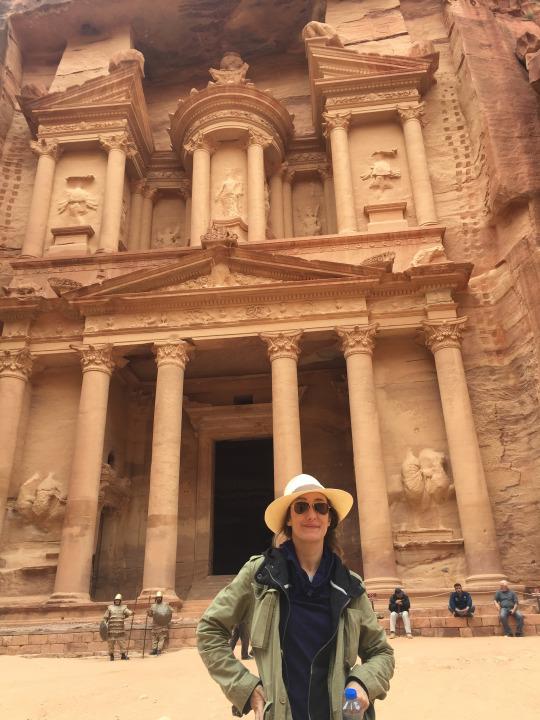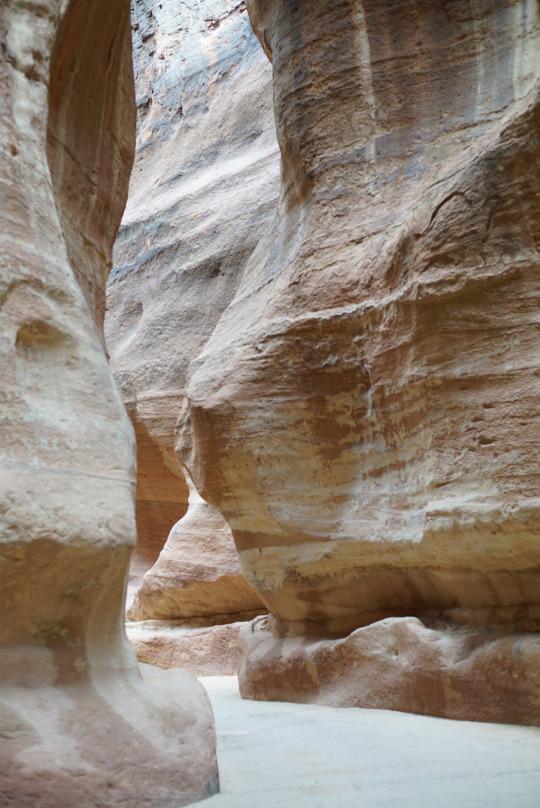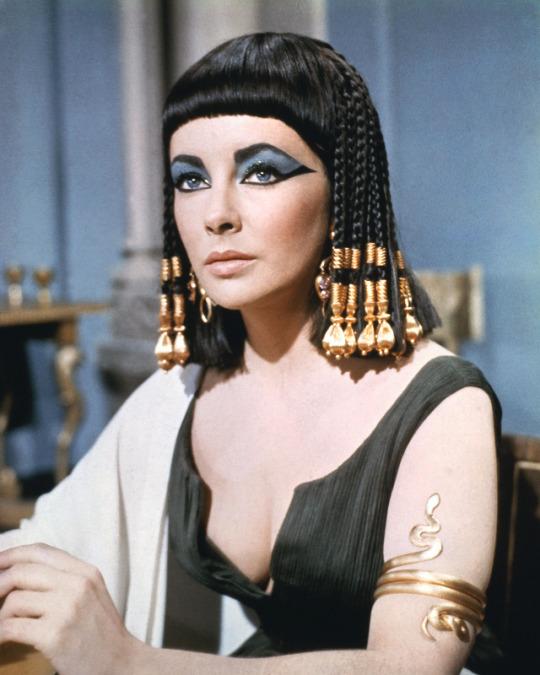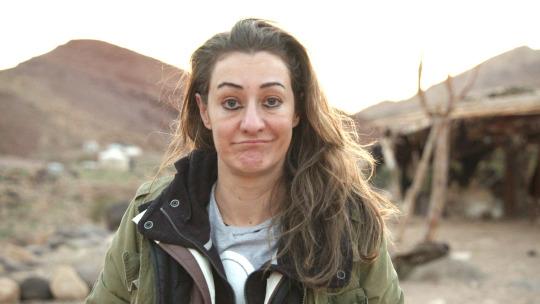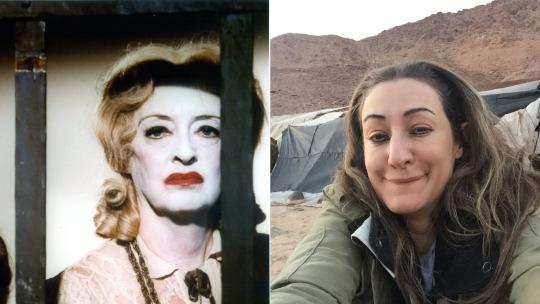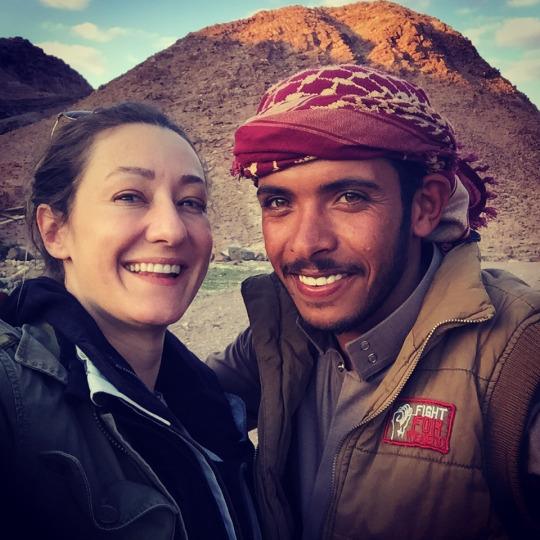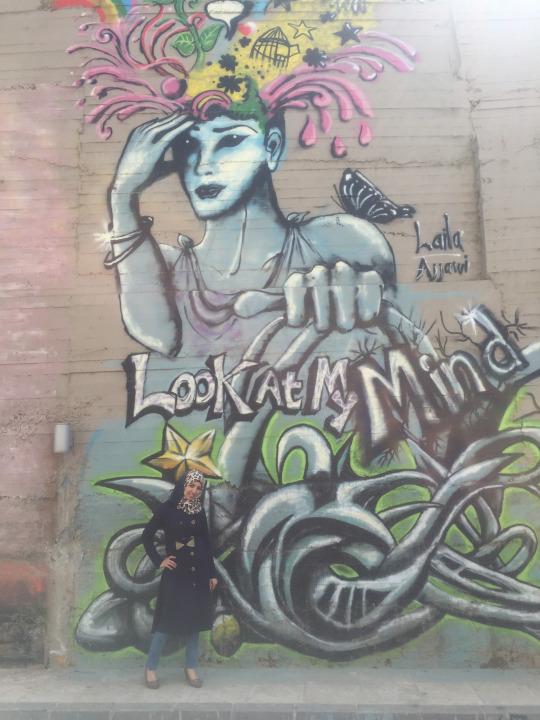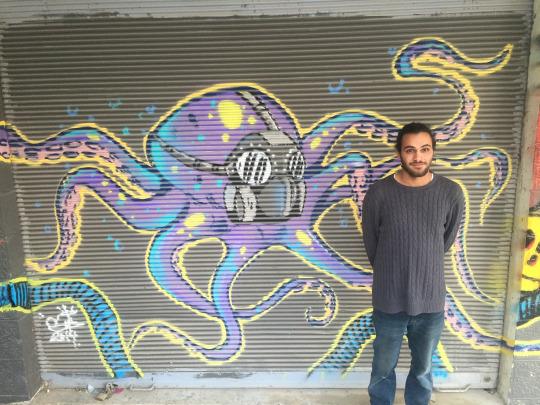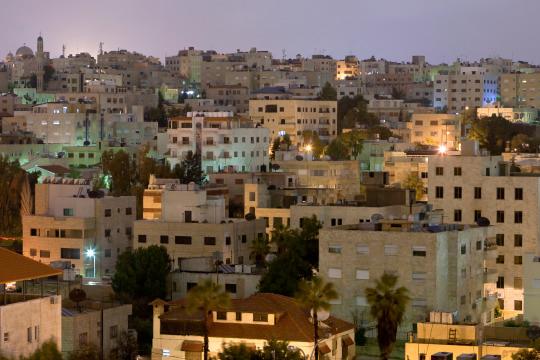I have been fascinated by the Dead Sea for years. King David took refuge there, Herod the Great made it the first spa in the world, and Sodom and Gomorrah were said to have been located on its shores. Almost everyone passing through Jordan and Israel goes to “take the waters,” and I’ve always envied the pictures of people floating along, looking like they haven’t a care in the world. So when I traveled to Jordan two months ago, I made my final stop the most relaxing one. I checked into the Jordan Valley Marriott Resort & Spa and made a beeline for the Dead Sea.
Related: Traveling in Lawrence of Arabia’s Footsteps in Jordan

According to locals, the Dead Sea — so named because with 34.2 percent salinity, nothing can live in it — is like the Gold Bond ointment of lakes. Its waters and mud can do almost anything: clear up your skin, cure rheumatism, help asthma, clear up psoriasis… the list goes on.
After a hectic eight days on the road, I just wanted to relax. But you can’t relax too much. Across the lake is Israel and the ongoing Israeli-Palestinian conflict. So close you could swim there. Although you wouldn’t want to.
“A few years ago, a couple came here to get married,” an employee at the Marriott told me. “Afterward, they were a little drunk, and it was at night, and they passed out and floated out to sea,” he said; the salinity of the Dead Sea makes it easy to float without effort. “They floated so far, by the time they woke up, they were in international waters, and Israeli army boats were speeding toward them. It ended up becoming an international incident.”
Related: Travel Back in Time With the Bedouin of Jordan
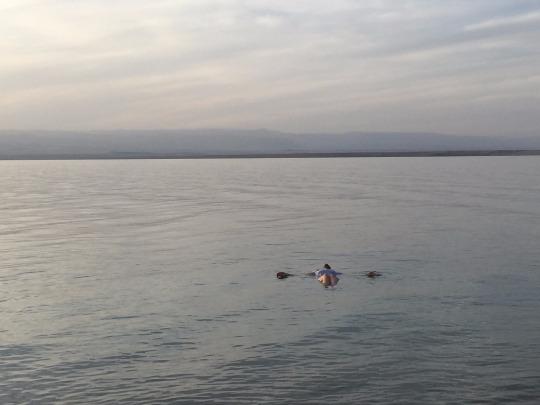
Paula Froelich floating in the saline sea.
Not wanting to cause an international incident, I stayed away from the bar and read the rules, which include: don’t drink the water; don’t get water in your eyes, mouth, or nose; and shower before entering. I would come to accidentally break two out of three. It’s not that I wanted to feel saltwater burning down my throat or blinding me. But I was covered in drying mud and itching, so I figured I would wash it off in the sea. I screamed, water got in my mouth, I swallowed, and then I had to be led out of the water to a shower by my producer, Nicola Linge. Thank God for Nicola.

